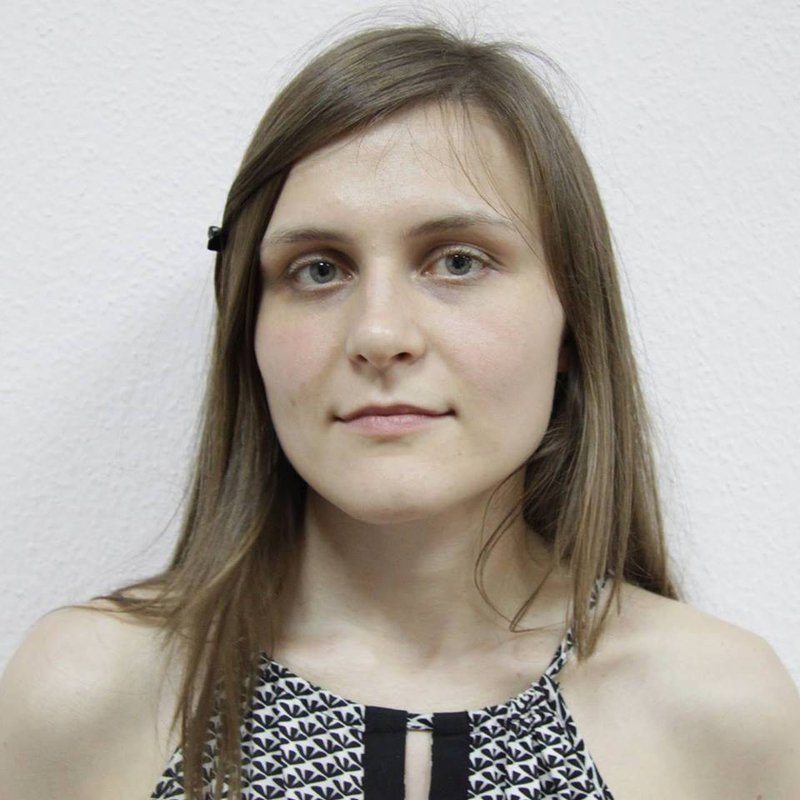Svitlana Tsurkan

My participation in CIMAM 2017 Annual Conference The Roles and Responsibilies of Museums in Civil Society was such a rich experience that I am not able to fully process all its impact at the moment. However, I would like to share several observations and insights I had during my time in Singapore. Here they are:
- I realized that most of the museum and art professionals in the world are dealing with the same issues as we are. By ‘we’ I mean not only Mystetskyi Arsenal’s team but Ukrainian cultural institutions in general. Take the issue of censorship, for instance. During both lunch discussion workshop and the final panel discussion (quite heated!) dedicated to this topic I heard about many cases and learned about many different ways to deal with them. I found especially important the ideas of contemporary horizontal censorship from social media (as opposed of vertical one from the authorities) and of the necessity of negotiating between artists’ rights and their social responsibility. I was very glad to learn that CIMAM is going to develop guidelines for dealing with issues of censorship in museums, and I want to say from the entire Arsenal’s team that we are looking forward for them.
- Of all the speeches I think the most practically useful for me as a museum professional was keynote speech of Donna de Salvo about Whitney Museum’s experience. I think the idea of redefining what is American Art is actually very relevant for Ukraine. Though we have never been a ‘melting pot’ nation as America, as post-Soviet (and in general, post-imperial) country we are facing the issue of our identity. Should it be based on ethnicity? Language? Common values (and if so, which values)? And art and its representation in public institutions aren’t the last tools in this symbolic battle.
- I would like also to mention two quotes that sunk into my mind: David Elliott’s comment during the final panel discussion: ‘Art is about very important things and that is why people are upset about it’ and Nikos Papastergiadis talking about ‘willingness to engage with those who don’t already share our values’.
- Singapore and its cultural scene gave the impression of extraordinary high level of organization (and I want to express my deep gratitude to the National Gallery team), availability of material and intellectual resources, rich variety of cultural practices – and a subtle feeling that there are some things that are not really allowed to be touched. Nevertheless, I found Post-Museum projects and the Substation’s exhibition good examples of critical urban art. Though what is critical art actually? And how does it work in influencing the society?